
In spring, many of our wild spaces are in bloom, and many of those flowering plants are native salvias (Salvia spp. and cvs., Zones 5–11) that can be easily incorporated into the home garden. The chaparral and coastal-sage scrub-plant communities that these plants belong to are buzzing with native pollinators, and your garden will be too. These plants also offer distinctive fragrance, drought tolerance, bold foliage, and long flowering periods. Run to your local native plant nursery to inquire about some of these California-native salvias for your garden.
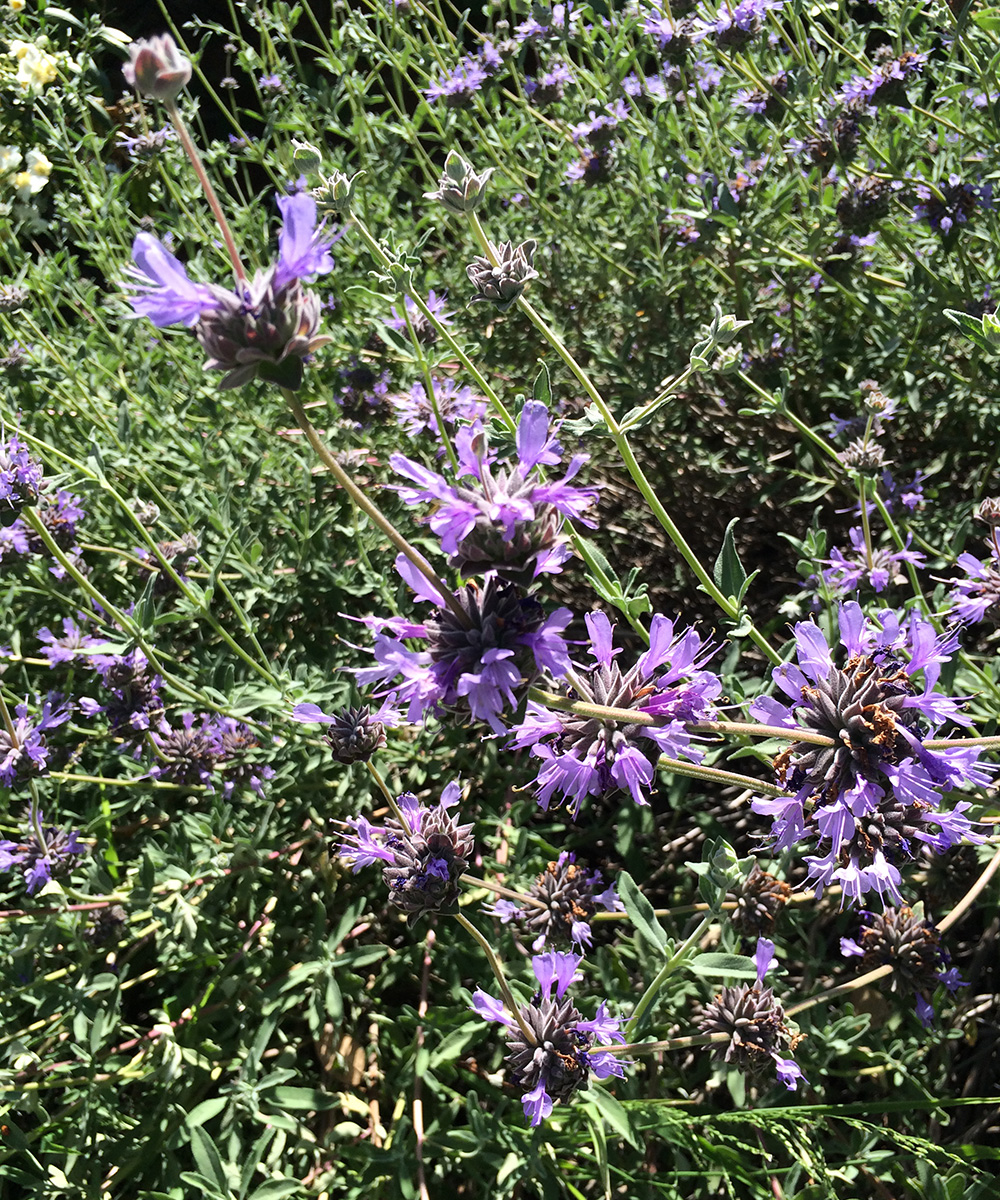
Cleveland sage
Salvia clevelandii, Zones 9–11
This shrub is all about fragrance and heavy flowering. The scent screams “Southern California.” Reliable and adaptable in garden settings, Cleveland sage can tolerate a variety of soil conditions. It generally reaches about 4 feet tall and 4 feet wide and is a magnet for native pollinators, especially butterflies. It is such a joyful garden addition that I always recommend it; it can work with any style of garden.
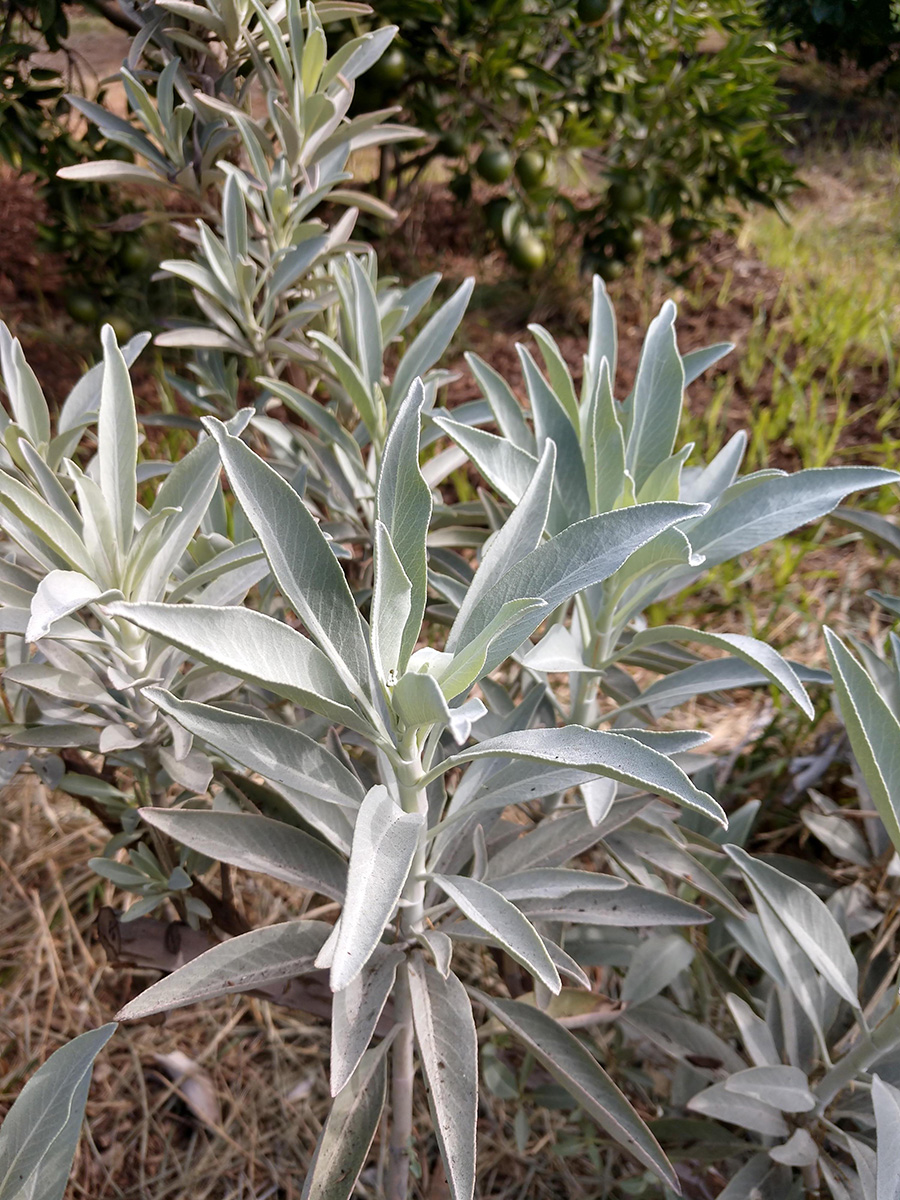
White sage
Salvia apiana, Zones 8–10
White sage is native to the coastal-sage scrub habitat of Southern California and will wow you with its fragrance and colorful foliage. Bumblebees and hummingbirds adore it, and the white foliage is striking to view during day or night. It loves full sun, grows to 5 feet tall and 5 feet wide, and prefers well-drained soil. Water well the first year before establishment and infrequently after that. Be sure to purchase your plant from a reliable grower; native populations have been overforaged in the wild by people collecting foliage to make smudge sticks.
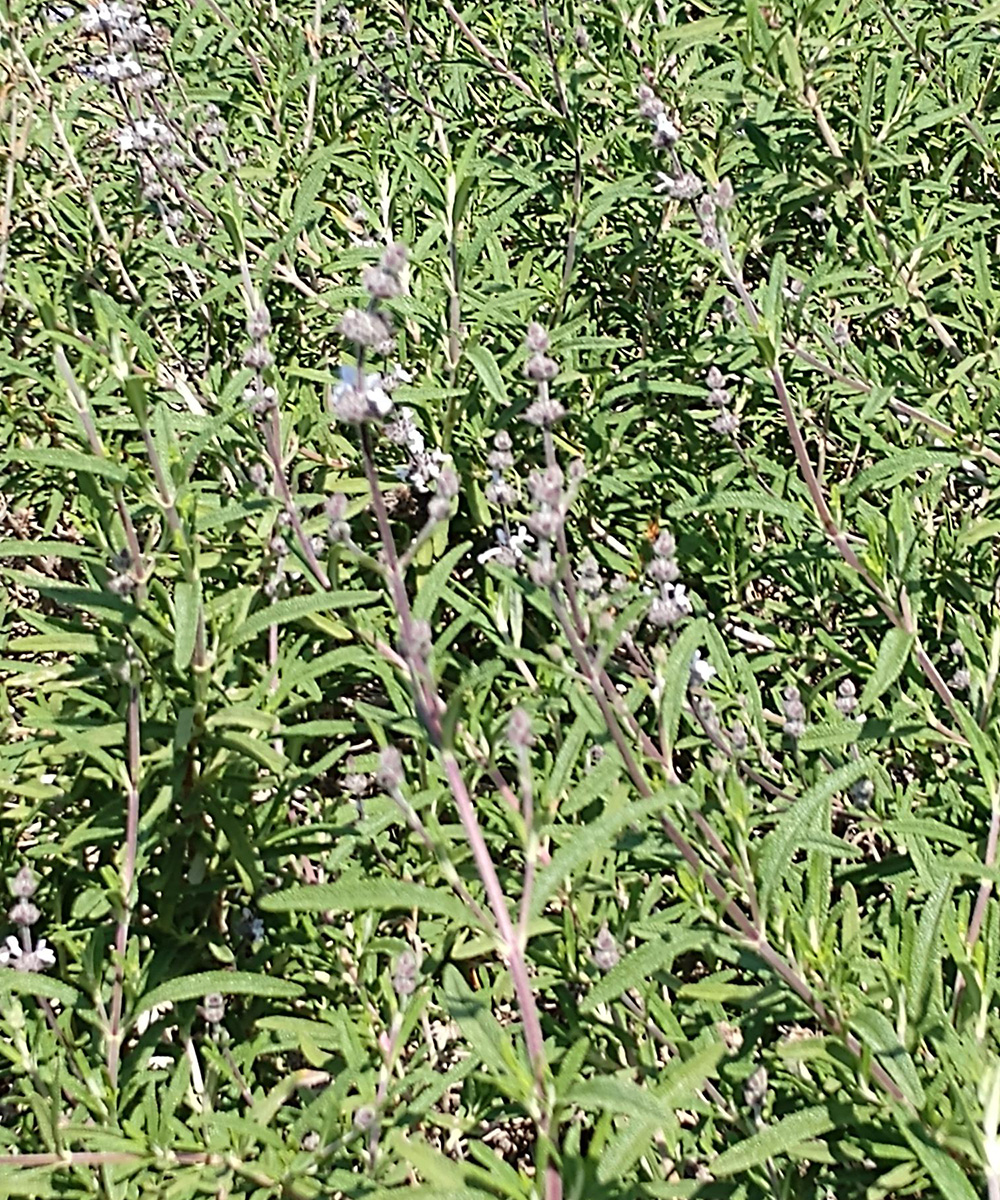
Black sage
Salvia mellifera, Zones 8–10
This native salvia’s range is broad, from San Jose down to Baja. It has blue flowers and gray foliage and is a great candidate for erosion control. It thrives in full sun, blooming from spring all the way to fall with extreme drought tolerance. It also tolerates a wide range of soil types, even clay, growing 3 feet tall and 3 feet wide. If you happen to have quail or other birds in your garden, they love to eat the seeds and will find protection under the foliage.
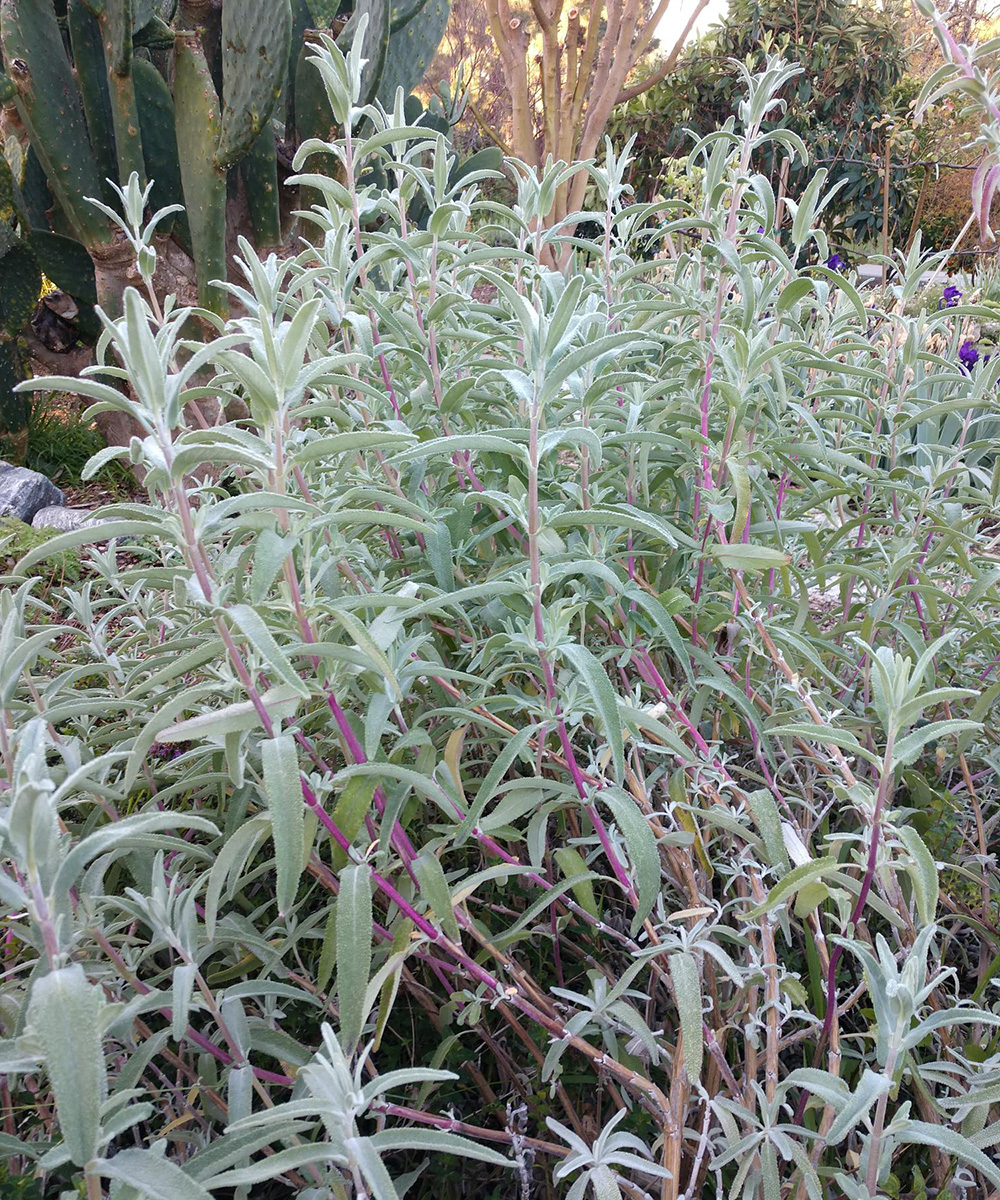
Purple sage
Salvia leucophylla, Zones 8–11
One of the largest sages in our region, purple sage can reach up to 6 feet tall with regular irrigation. It’s an evergreen shrub that grows from Santa Maria south into Baja. The gray-green foliage and purple flowers are striking. Add it to your garden only if you have the space to let it shine. It appears in nature on dry slopes, so it’s a great candidate for erosion control. Purple sage is tolerant of clay soils and does best in full sun. A particularly striking variety is ‘Figueroa’, which is native to the mountains near Santa Barbara. The foliage on this sage is very white and stands out at night.
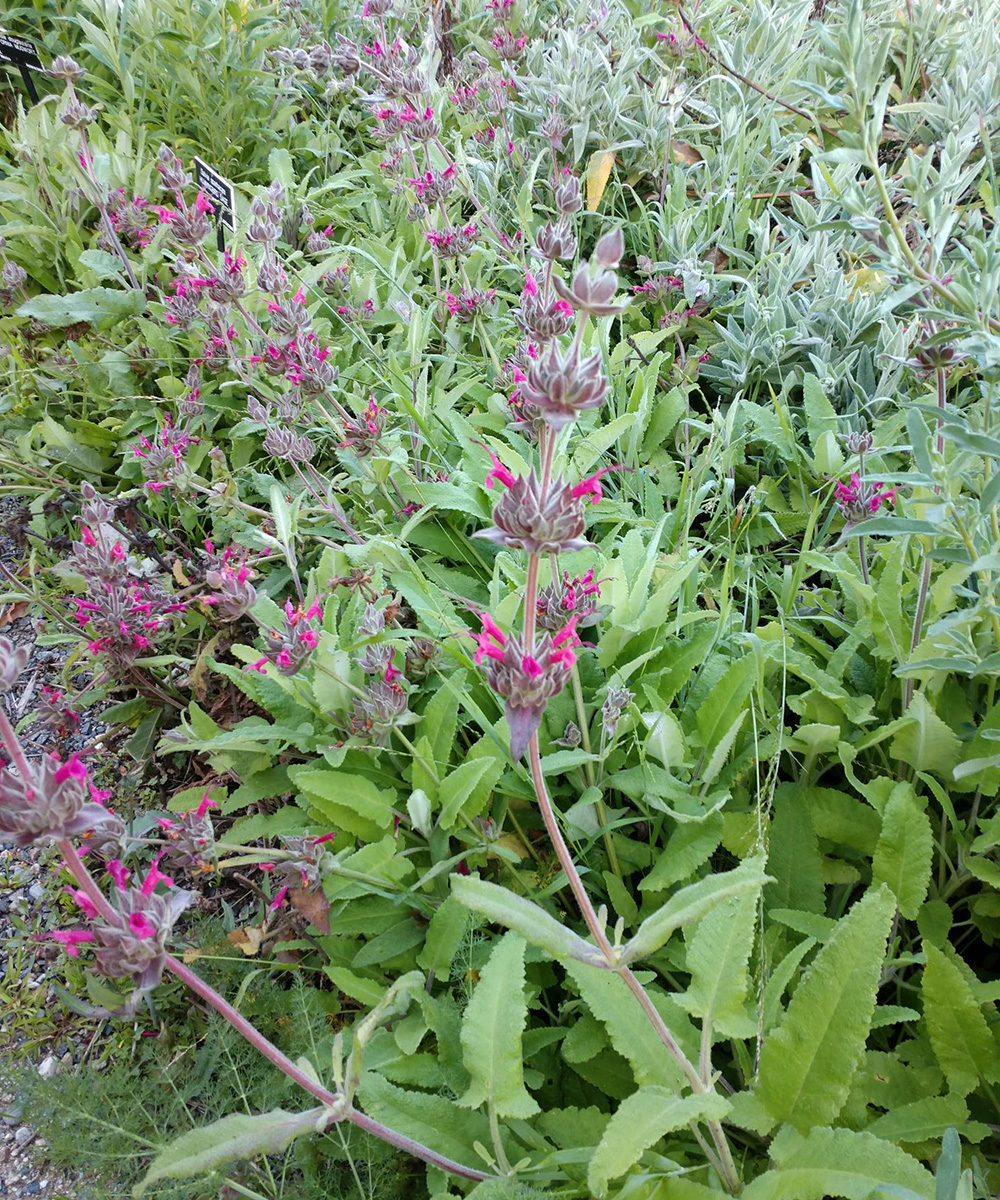
Hummingbird sage
Salvia spathacea, Zones 8–11
Finally, a sage for the shade—dappled shade for best results! This hummingbird magnet is a welcome addition to any garden but is especially appropriate under oaks (Quercus spp. and cvs., Zones 3–11). It loves dry shade with fast-draining soil and spreads by rhizomes. This means it will continue to spread underground and eventually will create a colony of plants. Hummingbird sage only reaches about 2 feet tall with flower spikes, so it maintains a low profile. The magenta flowers are unique and are sticky with oils that are very fragrant. This sage is absolutely a California essential!
—Cara Hanstein is a head gardener at the Huntington Library, Art Museum, and Botanical Gardens in San Marino, California.


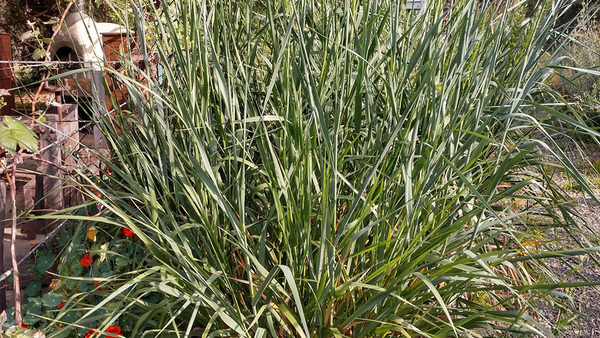















Comments
Log in or create an account to post a comment.
Sign up Log in